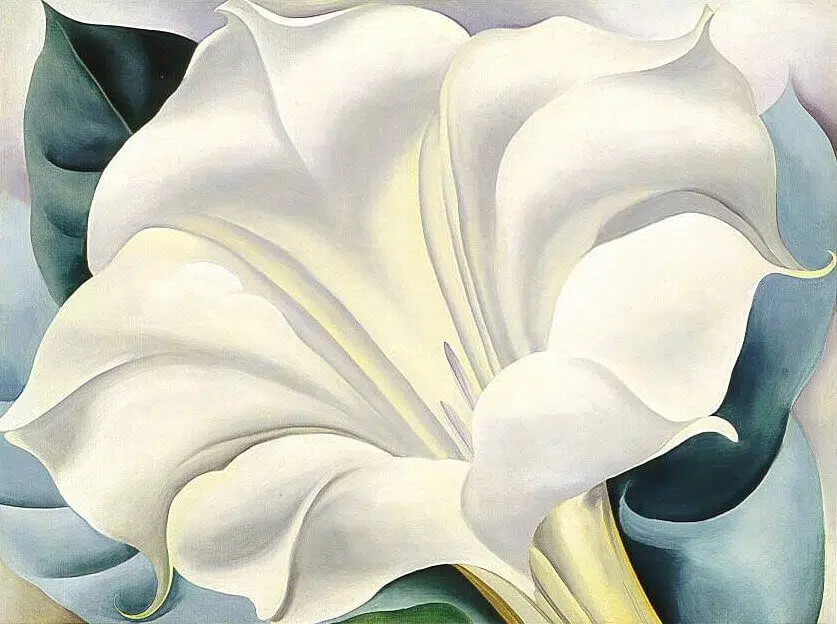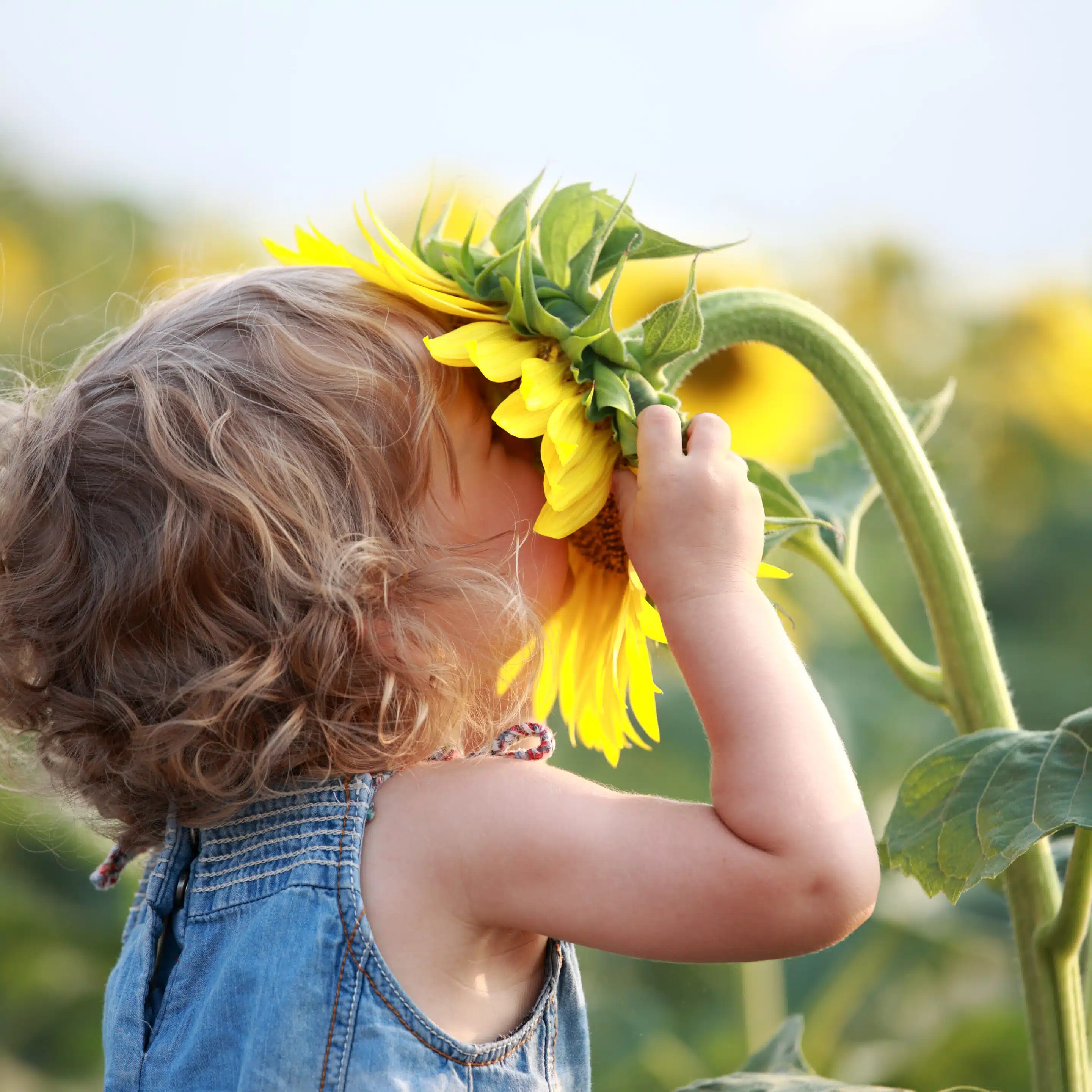An Ode to Flowers: Wombs of Creation and the Source of All Life
An Ode to Flowers: Wombs of Creation and the Source of All Life
After all, that’s what they’re supposed to do. You wouldn’t be human or in tune to the thrive of being alive if your loins weren’t at least a little bit piqued. You can practically feel butterflies migrate, flutters in the bloodstream, the brand-newness of love, sex, and all its possibilities.
Dive in until your hips sing and the tip of your soul swims in a miracle of mirrors.
Makes you want to smoke a cigarette after. Or better yet, a fat spliff of smokable herbs. As 12-year-old River Phoenix reminds us: “Nothing like a smoke after a meal.”
Ah, the ‘80s and Stand By Me, when smoking was cool, even in children’s movies.
Because when you think about it, that’s the whole point of flowers – to turn you on. And they

Here’s to flowers, the purest expression of life, plant sex in all its divinity, giving birth to nature, fruit, seeds, and food. They truly are the wonders of life
Fact is, as a species, magnolia trees are thought to have been pollinated by beetles because they’re so old that they evolved before bees existed.
And yes, you can thank flies for chocolate. Tiny midge flies, often overlooked and underappreciated, are the sole pollinators of the cacao plant, from which all chocolate is made. Without these small, gnat-like insects performing their delicate work deep inside the cacao flowers, there would be no cacao pods – no chocolate bars, truffles, or hot cocoa.
Migratory birds, bats, and other critters spread flower sex along their wide exploratory paths. Nature gets it on and gets around.
Most “regular” flowers follow a familiar blueprint: they have four main parts — sepals, petals, stamens, and a pistil. But nature rarely sticks to one template. Many flowers are “irregular,” with parts that are fused, enlarged, reduced, or oddly arranged. These quirks aren’t just botanical curiosities — they’re the result of millions of years of evolution, shaped by the needs and behaviors of pollinators.
This incredible variety reminds us just how deeply interconnected life is. The beauty and structure of a flower aren’t random; they’ve been sculpted over vast timescales through relationships with insects. So, the next time you admire a bloom’s vibrant colors or intricate form, remember — you’re also witnessing the legacy of countless ecological interactions. In many ways, it’s the insects we have to thank for the floral wonders that fill our world.

Take the corpse flower, or Amorphophallus titanum, famous for its putrid stench — a powerful odor often compared to rotting flesh or decaying meat. This foul smell isn’t a flaw; it’s a brilliant evolutionary strategy.
Instead of attracting bees or butterflies like many flowers, the corpse flower lures carrion-loving insects such as flesh flies and dung beetles. These insects are drawn in by the stench, believing they’ve found a prime spot to lay their eggs. As they crawl around the flower searching for decaying matter, they inadvertently pick up and transfer pollen, helping the plant reproduce.
Since corpse flowers bloom infrequently and often for just 24 to 48 hours, this brief but intense burst of smell is crucial for attracting the right pollinators at exactly the right time, ensuring the continuation of this rare and remarkable species.
Take the corpse flower, or Amorphophallus titanum, famous for its putrid stench — a powerful odor often compared to rotting flesh or decaying meat. This foul smell isn’t a flaw; it’s a brilliant evolutionary strategy.
Instead of attracting bees or butterflies like many flowers, the corpse flower lures carrion-loving insects such as flesh flies and dung beetles. These insects are drawn in by the stench, believing they’ve found a prime spot to lay their eggs. As they crawl around the flower searching for decaying matter, they inadvertently pick up and transfer pollen, helping the plant reproduce.
Since corpse flowers bloom infrequently and often for just 24 to 48 hours, this brief but intense burst of smell is crucial for attracting the right pollinators at exactly the right time, ensuring the continuation of this rare and remarkable species.
Flowers Gave Birth to You and
the Rest of Creation
So stop and smell the flowers. Take a moment to acknowledge these quiet miracles for what they are: the generative force behind so much of life on Earth. We owe far more to flowers than we realize. In fact, without them, we wouldn’t even exist.
Flowers are not just decorative. They are fundamental to nature’s design. Their beauty doesn’t just please the eye; it compels life forward, inviting pollinators, supporting ecosystems, and sustaining the food web. Even their scent has power: studies show floral aromas can sharpen focus, enhance mental clarity, and boost your productivity.
Give thanks for the flowers. They are the womb of creation, the sacred source from which all life blossoms.

Mathew Gallagher
Wordsmith Specialist
Join the Bear Blend Tribe
Tribe members receive special discounts on products, invitations to premier events and are welcomed to contribute writings and videos to the community.

0 Comments